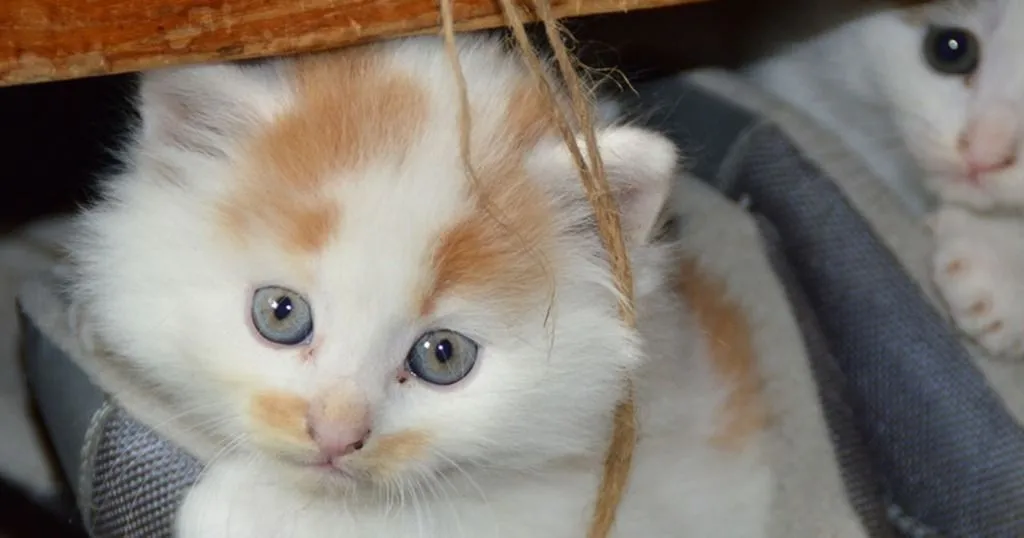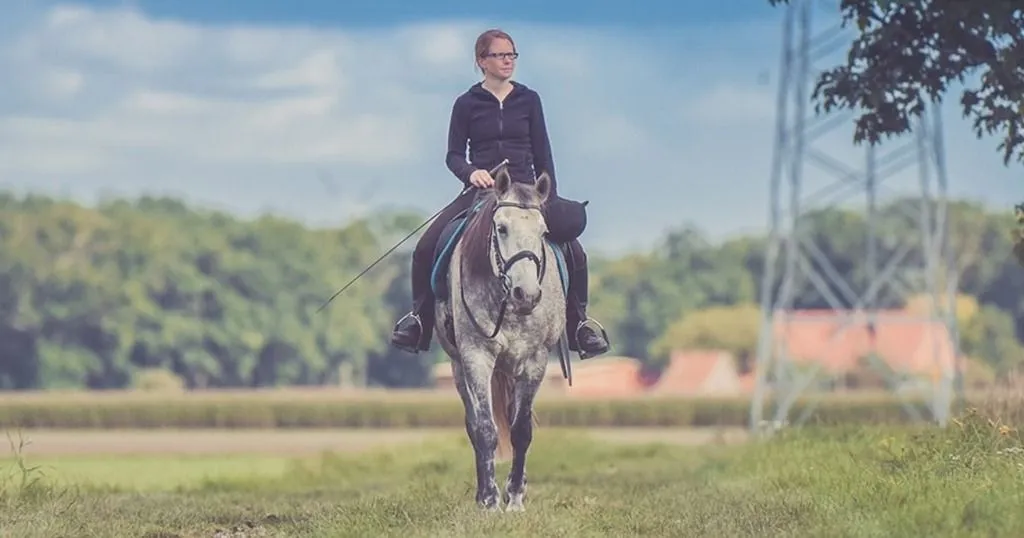Temporal patterns (T-patterns) in behaviors cats and their owners
Noldus provides many solutions for research on the behavior of both animals and humans. On occasion, a Noldus solution is used for both animal and human research at the same time.
Posted by
Published on
Wed 15 Jun. 2011
Topics
| Animal-human Interaction | T-patterns | The Observer XT | Theme | Video Observation |

Crossing the bridge between human and animal behavior research
Noldus provides many solutions for research on the behavior of both animals and humans. And on occasion, a Noldus solution is used for both animal and human research at the same time. Manuela Wedl and her colleagues are a prime example with their study on human-animal interaction.
In ‘Factors unfluencing the temporal patterns of dyadic behaviours and interactions between domestic cats and their owners’, Wedl et al. wrote about their study on forty cat-owner couples. Their experiment comprised of questionnaires, the NEO-FFI scales to determine the personality of the owners, and behavioral scoring to determine the correlation between the personality, age, and sex of both the cat and owner and the durations and complexity of their interactions.
The observations (four for each couple) took place in their home situation, and were recorded on video for accurate scoring with The Observer XT. (The elaborate ethogram is published in their article.) Data from the events was analyzed in Theme, enabling the researchers to detect hidden temporal patterns (T-patterns) in behaviors to shed light on the complexity of the interaction between the couples. A glimpse into their results: The higher the owner scored on ‘neuroticism’, the fewer T-patterns occurred per minute. If the owner scored higher on ‘extraversion’, a higher number of non-overlapping patterns per minute were found. A more active cat resulted in fewer patterns per minute, but higher event type complexity. Event type complexity was lower in older cats.
References
Wedl, M.; Bauer, B.; Gracey, D.; Grabmayer, C.; Spielauer, E.; Day, J.; Kotrschal, K. (2011). Factors influencing the temporal patterns of dyadic behaviours and interactions between domestic cats and their owners. Behavioural Processes, 86, 58-67.
Related Posts

Our Top 5 Webinars of 2020 on Animal Behavior Research

Which head and neck positions are stressful for your horse during lunging?
![Neuroscience conferences in 2020 [UPDATED]](https://mescalero.noldus.com/storage/core-blog/neuroscience-conferences-2020.webp)
